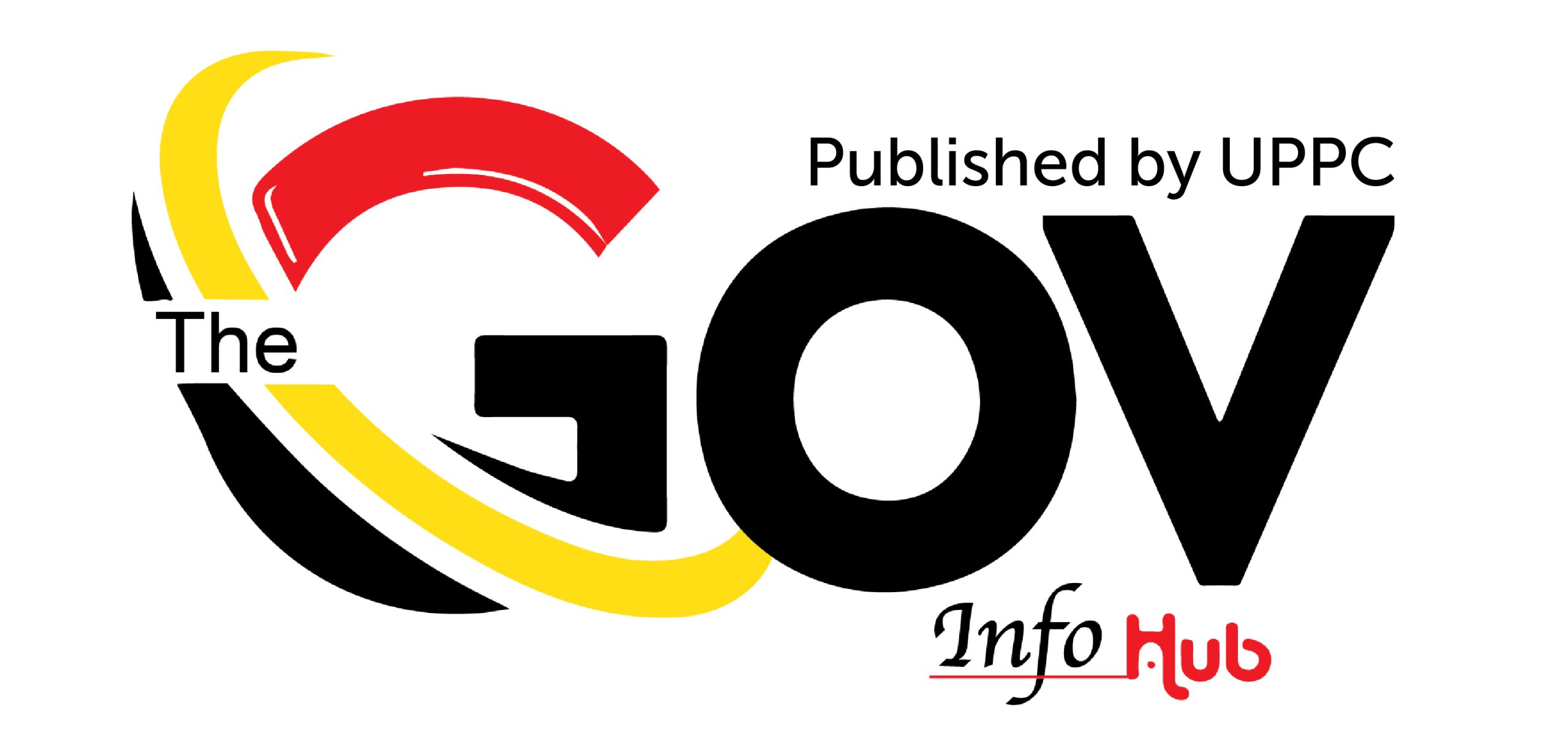By Fidel Boy Leon
Uganda’s economy is gaining impressive momentum, growing by 6.9% in the first three quarters of the 2024/25 financial year.
This strong performance suggests that the government’s ambitious Ten-Fold Growth Strategy is not just talk, it’s beginning to deliver real results.
These growth figures were shared by Ramathan Ggoobi, Permanent Secretary and Secretary to the Treasury, during the Q1 expenditure release for the 2025/26 financial year.
According to Ggoobi, the government is pushing hard on strategic investments, fiscal discipline (keeping spending under control), and structural transformation (focusing on long-term transformation). The goal? Nothing short of a USD 500 billion economy by 2040.
To power this strategy, Uganda released UGX 17.18 trillion in the first quarter. That’s about 23.7% of the UGX’s 72.38 trillion total budget. This funding supports high-priority sectors through the ATMS Framework, a model designed to concentrate investment where it can have the biggest impact; Agro-industrialization – UGX 215.28 billion, Tourism Development – UGX 20.5 billion, Mineral Development – UGX 26 billion, Science, Technology, and Innovation – UGX 139.13 billion, Transport Infrastructure – UGX 1.076 trillion, Health Sector – UGX 262.88 billion.
“This year’s budget is structured to drive the Ten-Fold Growth Strategy,” Ggoobi explained, highlighting the government’s commitment to efficient public service and smart spending.
- Purchasing Managers’ Index (PMI). A reading above 50 shows growth in manufacturing activity at– 55.6
- Composite Index of Economic Activity (CIEA) Measures the overall level of business activity – 178.58
- Business Tendency Index (BTI) Reflects business confidence– 59.17
- Projected Real GDP Growth (2025/26) – 7%, with double-digit growth expected once oil production begins in 2026
“The economy continues to show resilience and steady growth, despite global uncertainties,” said Ggoobi.
Another notable shift is Uganda’s performance on the trade and investment front. The country’s exports jumped by 39.1% in Q3 of FY 2024/25, reaching USD 2.6 billion, led by strong coffee and cocoa shipments.
Meanwhile, the trade deficit narrowed by 39.1%, while Foreign Direct Investment (FDI) rose 26.3%, totalling USD 3.48 billion.
Despite global financial market pressures, inflation held steady at 3.9%, and the Ugandan Shilling appreciated 1.3% against the US dollar, further boosting investor confidence.
In the words of Ramathan Ggoobi, Permanent Secretary and Secretary to the Treasury, “Uganda remains a top destination for foreign investment… and the Shilling is one of the best-performing currencies in Africa.”
Since taking office in February 2025, Bank of Uganda Governor Michael Atingi-Ego has focused on stability, inflation control, and maintaining a strong financial system.
“Our goal is to ensure price stability and a healthy financial system to support Uganda’s transformation,” Atingi-Ego said in a speech in Mbarara.
He expected inflation to remain moderate for the rest of 2024 and to align with the 5% target in early 2025. The central bank’s cautious approach has helped maintain both confidence and growth.
“GDP grew an average of 6.7% year-over-year in the last two quarters of 2023/24,” he added.
Despite the promising economic outlook, Uganda continues to grapple with significant challenges. Volatile global commodity prices, particularly for oil and agricultural inputs, pose risks to stability. Geopolitical tensions, especially in the Middle East, threaten to disrupt critical trade routes.
On the macroeconomic front, the country faces a current account deficit of 7.9%, with foreign reserves standing at USD 3.4 billion, just enough to cover three months of imports. Additionally, any delays in the execution of oil-related projects could derail projected future growth and investment momentum.
President Yoweri Museveni, in recent economic briefings, emphasised the need for strong leadership and clear policy alignment:
“The Bank of Uganda’s leadership must ensure financial stability, improve monetary policy, and help drive Uganda’s economic agenda.”
With both fiscal and monetary policymakers aligned, Uganda is more united than ever in its push to reach middle-income status.
Uganda’s economic rise isn’t accidental. It’s the result of a focused national plan, the Ten-Fold Growth Strategy, backed by policy changes, strategic investments, and strong leadership.
What once seemed like an ambitious dream is now translating into real progress. With oil production, infrastructure projects, and human capital development all moving forward, the outlook for 2025/26 and beyond is promising.
For Uganda’s growth story to remain on course, several critical conditions must be fulfilled. Public spending must be efficient, transparent, and strategically targeted to areas that drive long-term development. Debt levels need to be carefully managed to avoid fiscal strain and protect future investments. Timely execution of oil projects is essential to unlock anticipated revenue streams and boost national income.
Most importantly, all economic investments must translate into inclusive growth, ensuring that every Ugandan, regardless of location or status, shares in the country’s progress.


